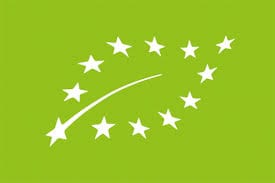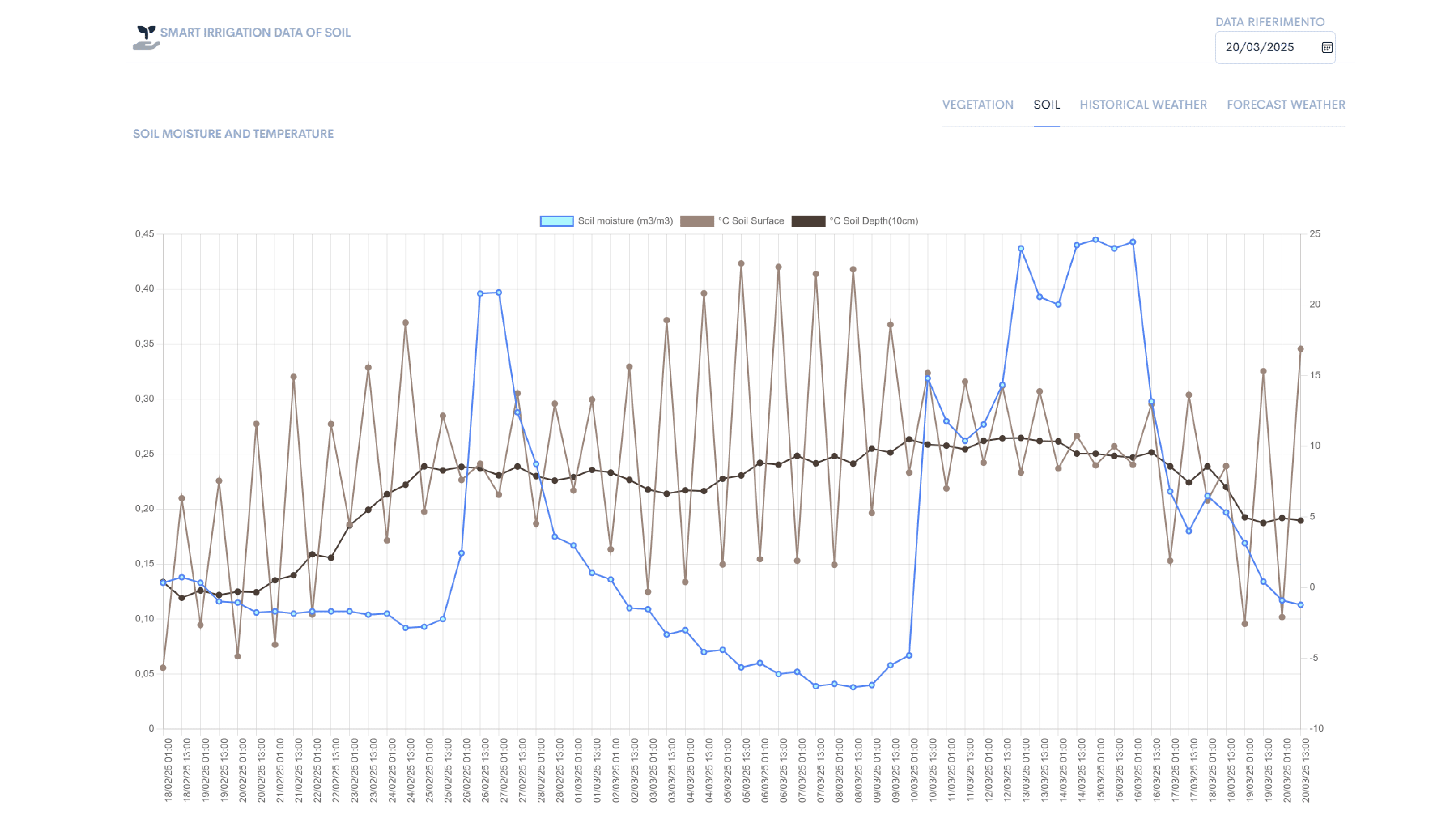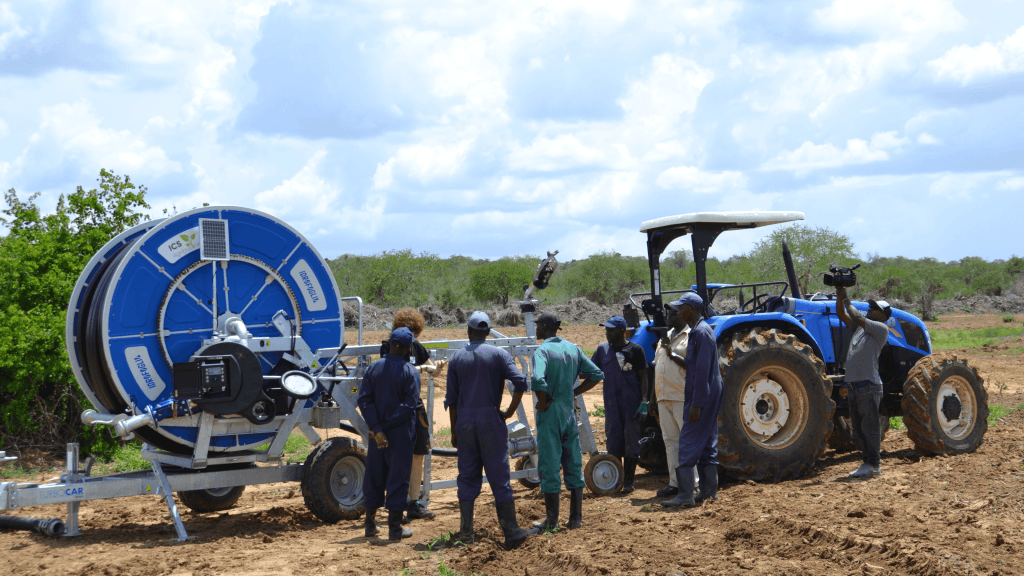Organic 4.0: the Paradox of Organic Between Innovation and Market Challenges
Smart technologies and real challenges: how Italian organic farming evolves amid innovation and market pressures.

Organic farming in Italy is synonymous with excellence, biodiversity, and environmental respect. With over 2 million hectares under organic cultivation, Italy is among the European leaders. However, “organic” is no longer just a traditional model; today it intertwines with digital and technological transition, becoming increasingly “smart.”
This evolution brings extraordinary opportunities, such as reducing water waste and improving productivity through sensors and digital platforms. Yet, structural challenges arise: dependence on large-scale retail chains (GDO), which impose penalizing pricing logic, risks stifling innovation.
We face a paradox: organic means quality and sustainability but does not always guarantee adequate profitability for producers.
🌱 What “Organic” Means Today
Regulation (EU) 2018/848, effective from January 1, 2022, defines the principles of European organic farming:
🌾 No pesticides or chemical fertilizers
🐝 Protection of biodiversity and pollinating insects
🌍 Crop rotation to prevent soil depletion
🚫 GMO prohibition
♻️ Sustainable use of natural resources
Organic is not a generic concept but a strictly regulated and controlled system along the entire supply chain. Only those complying with these rules and passing inspections can obtain organic certification, recognizable by the EU logo (green leaf with stars).
Since 2021, the EU has also promoted the European Organic Awards*,aiming to highlight virtuous practices and spread replicable models in agriculture, distribution, and catering. This recognition strengthens the link between production excellence, innovation, and sustainability.
*For more details on the call and participation criteria, please consult the official European Commission website dedicated to organic farming.

🤖 From Organic to Digital: Smart Farming
Today, “organic” means not only natural but also technology, monitoring, and efficiency.
As discussed in the September newsletter, smart irrigation is one of the first frontiers of innovation in organic farming.
Sensors, weather stations, and digital platforms optimize water use and reduce waste by up to 40%, maintaining high yields even amid increasingly scarce and costly resources. In Italy, several consortia—especially in the South and on the islands—are already successfully experimenting with automated irrigation systems based on climate and soil data.
The revolution goes beyond irrigation: Smart Agriculture integrates sensors, drones, satellite imagery, and artificial intelligence to monitor crops, prevent diseases, and enable targeted interventions with natural fertilizers and low-impact treatments. It’s not just about production efficiency but also sustainability and transparency toward consumers.
⚠️ The GDO Cannibalism
Despite progress, many Italian organic farmers suffer from the logic imposed by the large-scale retail chains (GDO), which enforce aggressive pricing policies and treat organic as a commodity.
Selling prices are often set unilaterally [1], ignoring additional costs related to certifications, sustainable practices [2], and the product’s territorial value [3].
The result? Compressed margins, often below 5% [4], making it difficult to invest, grow, or hire.
Many farmers wish to adopt smart technologies, but low margins prevent investment [5], while GDO continues to reward the lowest price rather than innovation or sustainable work [6].
🎯 In short: the more you innovate, the greater the risk of being excluded from the market.
Possible Solutions?
To prevent innovation from becoming a luxury for a few, the organic sector must explore new strategies:
📦 Short supply chains and direct sales: local markets, purchasing groups, and e-commerce channels reduce intermediaries and increase producer margins.
🤝 Cooperatives and business networks they strengthen negotiating power and allow sharing investments in technology.
🧑💻 Easier access to technology: public funding (such as the PNRR [7]) and partnerships with agri-tech startups make digital solutions more accessible.
📣 Consumer education: raising awareness of the true value of organic products to distinguish them from “masked” conventional ones.
💧 IdroMOP and Innovation in the Field
At IdroMOP, we stand alongside farmers and recognize their value: it is thanks to their work that we can bring high-quality products to our tables every day. We support them in maintaining the high value of Made in Italy worldwide.
Irrigation is a crucial phase and often the most critical in terms of cost and environmental impact. To meet this challenge, IdroMOP has developed an advanced Smart Irrigation system that integrates:
- climate data and weather forecasts
- vegetation indices
- soil moisture and temperature monitoring

These tools optimize water use, increase productivity, and comply with organic standards. They also facilitate access to national and European funds and incentives.
Our goal is not only to provide technology but to create shared value along the entire supply chain, helping farmers innovate without compromising quality.
🌾 Conclusion
Italian organic farming is a virtuous model at the European level but now faces a decisive challenge: to innovate without losing its essence.
Digitalization and smart technologies are powerful tools that can make the sector more efficient, resilient, and transparent. However, without a fair market recognizing the costs and added value of organic, innovation risks remaining marginal.
The future of Organic 4.0 depends on the ability to combine tradition and technology, overcome penalizing distribution logics, and build new direct and aware relationships with consumers.
Only then can organic consolidate itself as a driver of sustainability, competitiveness, and innovation for Italian and European agriculture.
References and Official Sources
More articles
ELECTRIC MACHINE
A solution that combines sustainability and technology in a single machine. Power and efficiency for increasingly environmentally friendly irrigation.

KENYA
An initiative under the banner of innovation and sustainability, for a future of growth and development for the community!

SMART IRRIGATION
The digitization of agriculture. Optimize water use, improve agricultural productivity and promote sustainability.

FIREFIGHTERS
Advanced technology to deal with any emergency effectively and safely.

SCRAPPING PLAN
2G and 3G networks are disappearing. Upgrade your devices to the new 4G and 5G networks and ensure a faster, more secure and reliable connection!

EVERY DROP COUNTS
Only 3 percent of the water is unsalted, and 2.5 percent of it is found in glaciers. This leaves only 0.5 percent of water available for humans and the ecosystem. Agriculture uses an average of 70 percent of fresh water, more than half of which is used for irrigation.

BRAND IDENTITY
The brand identity conveys innovation, reliability, growth and sustainability through the use of colors that evoke professionalism and commitment to a greener, more technological future. The bright, modern hues reflect innovation, creating a strong, recognizable image that represents the company’s core values.

AGRITECHNICA 23
Learn about the technologies on display at the Agritechnica 2023 trade fair
